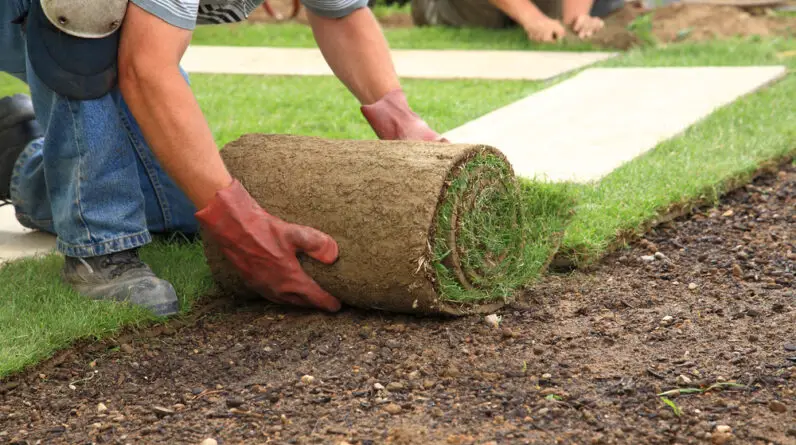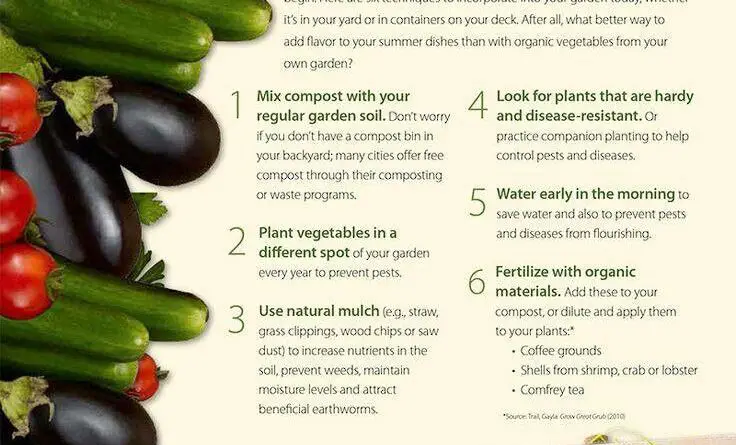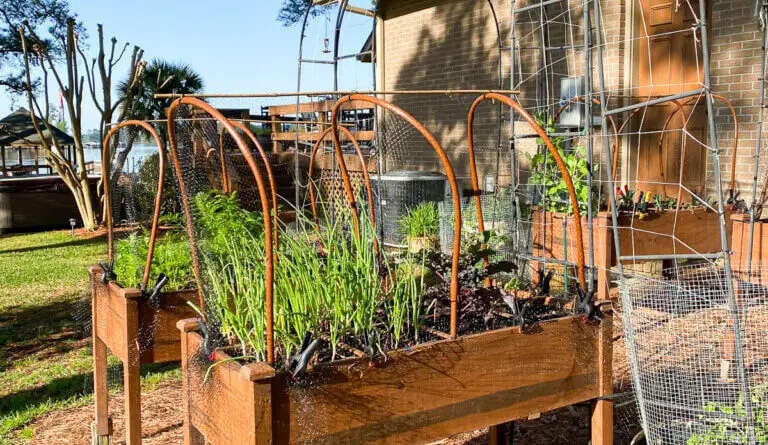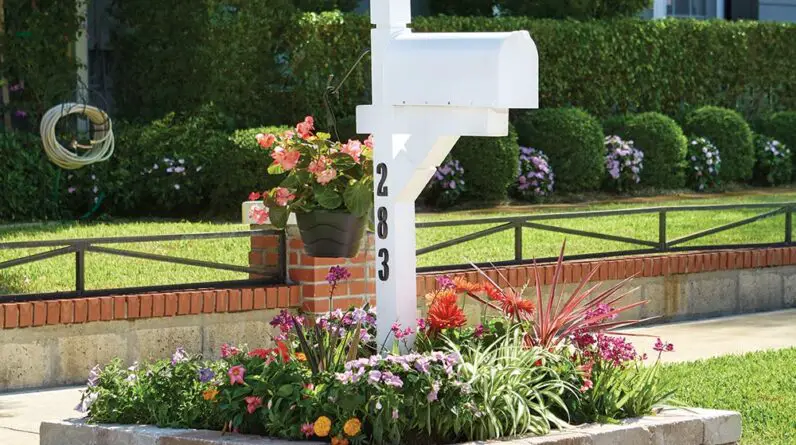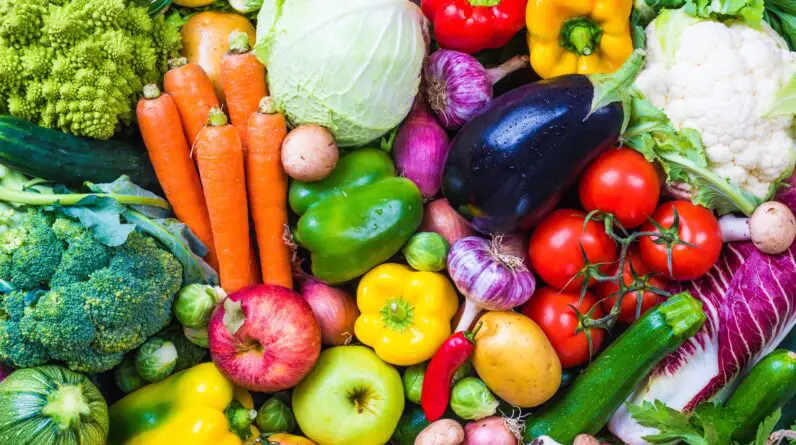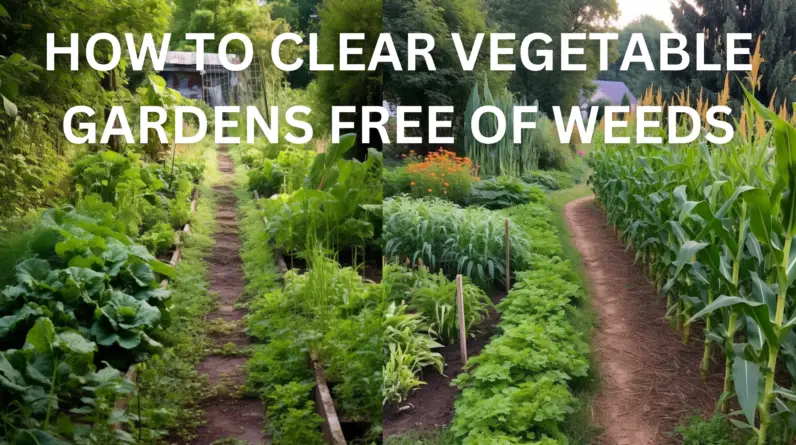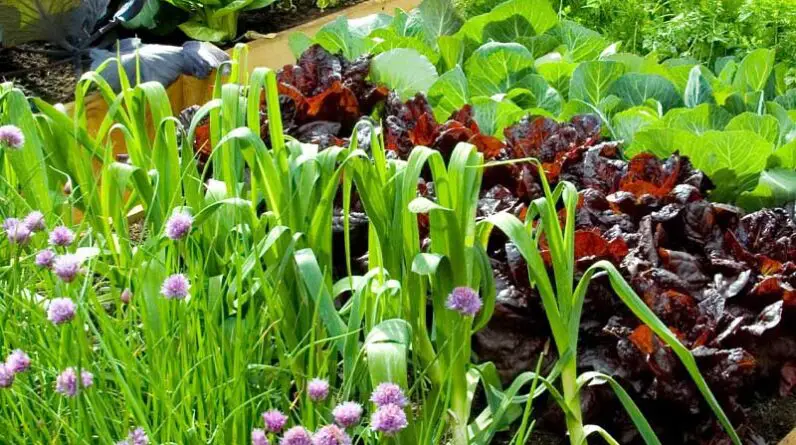
Hey there! Are you ready to get your vegetable garden in tip-top shape for spring? Well, look no further because we’ve got all the tips and tricks you need to make your garden thrive. Whether you’re a seasoned gardener or just starting out, we’ve got you covered. In this article, we’ll walk you through the steps to prepare your vegetable garden for spring, from soil preparation to choosing the right plants. So, grab your gardening gloves and let’s get started!
Wondering how to make your vegetable garden flourish this spring? Look no further! In this article, we’ll guide you through the process of preparing your garden for the upcoming season. We’ll cover everything you need to know, from the importance of soil preparation to selecting the right plants for your garden. Whether you’re a green thumb or a gardening novice, we’ve got you covered. So stay tuned to learn more about how to prepare your vegetable garden for spring!
Click Here For The Best Gardening Tools On The Market!
Choosing the Right Location for Your Vegetable Garden
Assessing Sunlight and Shade Conditions
When choosing the location for your vegetable garden, it is essential to assess the sunlight and shade conditions in your yard. Most vegetables thrive in full sunlight, which is defined as at least six to eight hours of direct sunlight per day. Take note of any large trees or structures that may cast shadows over the area and adjust your garden’s placement accordingly. Remember, a lack of sunlight can result in poor growth and yield of vegetables.
Considering Soil Quality and Drainage
Another crucial factor to consider when choosing a location for your vegetable garden is soil quality and drainage. Vegetables require well-drained soil that is rich in organic matter. Avoid areas that are prone to flooding or have heavy clay soil, as these conditions can lead to waterlogged roots and hinder plant growth. Conduct a soil test to determine the pH level and nutrient content of your soil and make necessary amendments to ensure optimal growing conditions for your vegetables.
Determining Accessibility and Convenience
The accessibility and convenience of your vegetable garden are often overlooked but can make a significant difference in how successful your gardening experience will be. Choose a location that is easily accessible from your house, allowing you to tend to your plants without much hassle. Consider factors such as proximity to a water source and the availability of gardening tools and supplies. By placing your vegetable garden in a convenient location, you will be more motivated and inclined to care for your plants regularly.
Clearing and Cleaning Your Garden Area
Removing Weeds and Debris
Before you start preparing the soil for planting, it is crucial to clear the garden area of any weeds, debris, or old plants. Weeds can compete with your vegetable plants for nutrients and sunlight, hindering their growth and yield. Use a garden hoe or hand trowel to remove weeds, ensuring you get rid of their roots as well. Remove any debris, such as fallen leaves or branches, to create a clean and tidy space for your vegetable garden.
Pruning and Trimming Existing Plants
If you have any existing plants in your garden area, take the time to prune and trim them before the start of the growing season. Remove any dead or diseased branches to promote healthier plant growth. Additionally, prune back any overgrown plants to ensure they do not overshadow the vegetables you plan to plant. Proper pruning and trimming will not only improve the appearance of your garden but also enhance air circulation and sunlight penetration, creating a more favorable environment for your vegetables.
Cleaning Garden Tools and Equipment
Before you dive into preparing the soil and planting, it is essential to clean and sanitize your garden tools and equipment. Tools such as shovels, hoes, and hand trowels can harbor bacteria and disease-causing pathogens if not properly cleaned. Scrub off any dirt or debris from the tools, then wash them with warm soapy water. Rinse them thoroughly and allow them to air dry. By keeping your tools clean, you reduce the risk of spreading diseases and ensure they will function effectively throughout the gardening season.
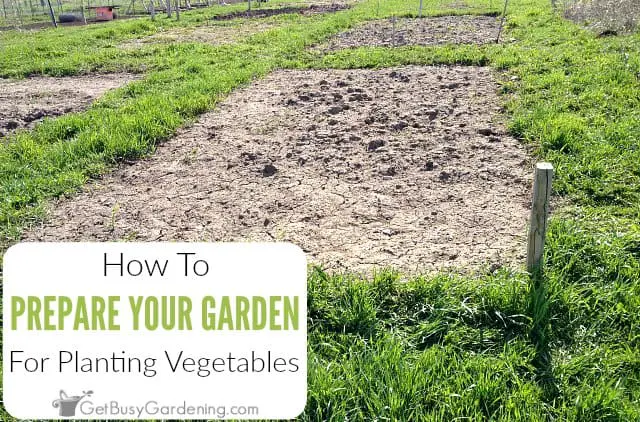
Click Here For The Best Gardening Tools On The Market!
Preparing the Soil for Planting
Loosening the Soil with a Garden Fork or Tiller
To prepare the soil for planting, it is important to loosen it up and remove any compacted layers. This can be done using a garden fork or tiller. Insert the garden fork or tiller into the soil and gently turn it over, breaking up any clumps. This process helps to improve soil aeration and drainage, creating a healthier growing environment for your vegetables. Avoid overworking the soil to prevent excessive disruption of beneficial soil organisms.
Amending the Soil with Compost or Organic Matter
Once you have loosened the soil, it is time to amend it with compost or organic matter. Compost enriches the soil by providing essential nutrients and improving its structure. Spread a layer of compost or organic matter, such as well-rotted manure or leaf mold, evenly over the garden area. Use a garden rake to incorporate the compost into the soil, ensuring it is well mixed. This step enhances soil fertility and promotes healthy root development in your vegetable plants.
Testing and Adjusting Soil pH Levels
Before planting your vegetables, it is advisable to test the soil pH levels and make necessary adjustments. Most vegetables prefer a slightly acidic to neutral pH level, ranging from 6.0 to 7.0. You can use a soil testing kit to determine the pH level of your soil. If the pH level is too high (alkaline), you can lower it by adding organic matter or sulfur to the soil. On the other hand, if the pH level is too low (acidic), you can increase it by adding lime or wood ashes. Adjusting the pH level ensures that your vegetables can effectively absorb nutrients from the soil.
Planning and Organizing Your Garden Layout
Sketching a Garden Design and Layout
Proper planning and organization are key to a successful vegetable garden. Before you start planting, sketch out a garden design and layout. Consider the size and space requirements of the vegetables you intend to grow. Group similar plants together to optimize space and make maintenance easier. Take into account factors such as plant height, sunlight requirements, and compatibility. A well-planned garden layout will not only maximize your vegetable yield but also create an aesthetically pleasing and functional garden space.
Determining the Spacing between Plants
Proper spacing between plants is crucial for optimal growth and development. Overcrowding your vegetable plants can lead to competition for resources and increased susceptibility to diseases and pests. Each vegetable has specific spacing requirements, so refer to seed packets or gardening resources for recommendations. Generally, larger plants such as tomatoes or peppers require more space, while smaller plants like lettuce or radishes can be planted closer together. By ensuring adequate spacing, you provide each plant with sufficient access to sunlight, air circulation, and nutrients.
Grouping Plants According to Their Needs
Grouping plants according to their needs is an effective way to organize your vegetable garden. Some plants require similar growing conditions, while others have specific companion plants that enhance their growth and repel pests. For example, planting herbs such as basil or parsley alongside tomatoes can improve their flavor and deter pests. Leafy greens like lettuce or spinach can benefit from the shade provided by taller plants like corn. By strategically grouping your plants, you create a harmonious garden ecosystem and reduce the risk of plant diseases and pests.
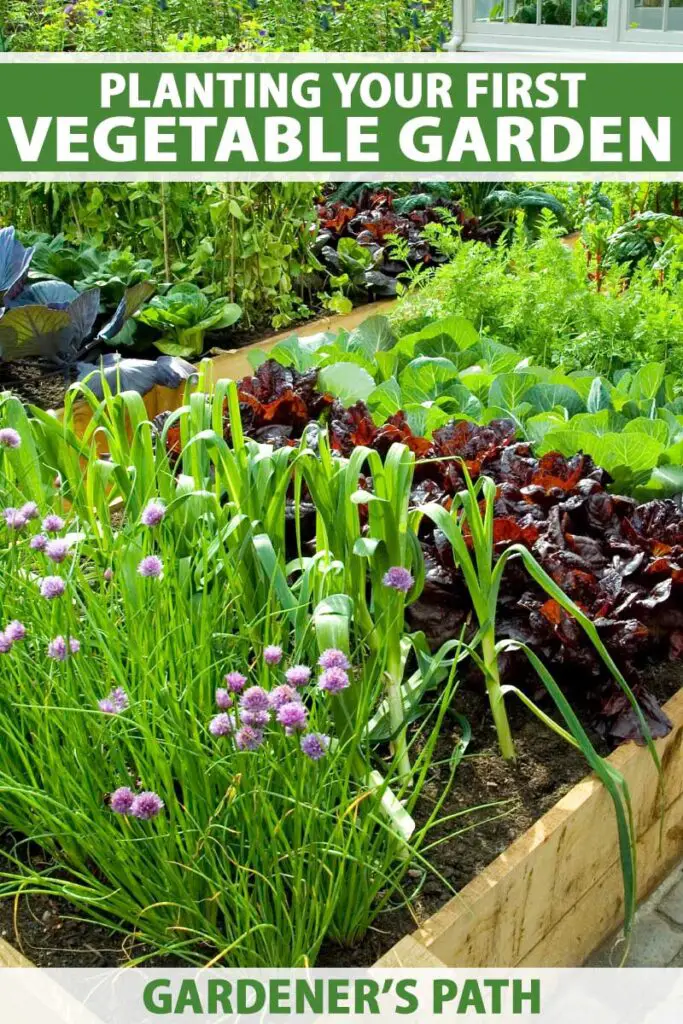
Selecting and Starting Seeds or Seedlings
Choosing the Right Seeds for Your Vegetables
When selecting seeds for your vegetable garden, it is important to choose varieties that are well-suited for your climate and growing conditions. Consider factors such as the length of your growing season, average temperature, and pest resistance. Read seed packets or consult with local gardening experts to ensure you select the most appropriate varieties for your area. Additionally, choose seeds from reputable sources to ensure their quality and viability.
Understanding Seed Starting Techniques
Depending on your growing zone and the type of vegetables you plan to grow, you may need to start your seeds indoors before transplanting them into the garden. This technique allows for an earlier start to the growing season and gives you more control over the germination and growth process. Follow the instructions on the seed packets for proper seed starting techniques, including seed depth, temperature requirements, and watering schedules. Providing the optimal conditions for seed germination will result in healthy seedlings ready for transplanting.
Caring for Seedlings and Transplants
Once your seedlings have emerged and established their first set of true leaves, it is essential to provide proper care to ensure their healthy growth. Gradually acclimate the seedlings to outdoor conditions by hardening them off before transplanting. This involves gradually exposing them to sunlight, wind, and outdoor temperatures over a period of several days. Water the seedlings regularly, ensuring the soil remains moist but not overly saturated. Protect them from pests and extreme weather conditions, such as frost or strong winds, to give them the best chance of survival.
Creating Supports and Structures for Climbing Plants
Installing Trellises or Support Stakes
Many vegetable plants, such as tomatoes, cucumbers, and pole beans, benefit from vertical support to maximize space and promote healthy growth. Install trellises or support stakes in your garden to provide a structure for these climbing plants to grow on. Place the trellises or stakes before planting the seedlings to ensure they are securely in place. As the plants grow, gently guide their vines or stems onto the support structure, preventing them from sprawling on the ground. This technique improves air circulation, reduces the risk of diseases, and makes harvesting easier.
Building Raised Beds or Containers
If you have limited space or poor soil quality in your yard, consider creating raised beds or using containers for your vegetable garden. Raised beds provide better drainage and allow for more control over soil quality and composition. Use untreated lumber or stone to construct the raised beds, ensuring they are of an appropriate height and width for easy access. Fill the beds with a mixture of topsoil, compost, and organic matter to create a fertile growing environment. For container gardening, choose pots or containers that are large enough to accommodate the mature size of your plants and provide adequate drainage holes.
Choosing the Right Support Materials
When selecting materials for your supports and structures, ensure they are sturdy and weather-resistant. For trellises or support stakes, choose materials such as bamboo, metal, or treated wood that can withstand the weight of the plants and withstand outdoor conditions. For raised beds, opt for materials that are non-toxic and do not leach harmful chemicals into the soil, such as untreated cedar or food-grade plastic. By choosing the right support materials, you can ensure the longevity and effectiveness of these structures in supporting your vegetable plants.
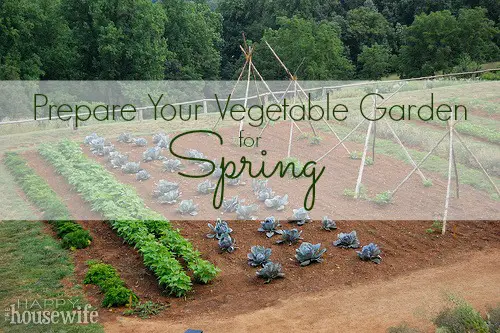
Implementing Pest Control and Prevention Methods
Identifying Common Garden Pests and Diseases
Pests and diseases can wreak havoc on your vegetable garden, affecting both the health of your plants and the quality of your harvest. It is essential to familiarize yourself with common garden pests and diseases in your area, as early detection is key to effective management. Look out for signs of chewing damage, wilting, discoloration, or the presence of insects on your plants. Observe your garden regularly and consult with local gardening resources or experts for proper identification and treatment options.
Using Natural or Organic Pest Control Methods
To minimize the use of chemical pesticides and promote a healthy and eco-friendly garden environment, consider using natural or organic pest control methods. This can include techniques such as handpicking insects, installing physical barriers like row covers or netting, or using natural predators like ladybugs or praying mantises. Additionally, you can make homemade pest repellents using ingredients like garlic, neem oil, or soap solution. Always follow the instructions and precautions provided when using any pest control method to ensure the safety of your plants, yourself, and beneficial organisms.
Implementing Crop Rotation and Companion Planting
Crop rotation and companion planting are effective methods to prevent the buildup of pests and diseases in your vegetable garden. Crop rotation involves changing the location of your vegetable plants each year, ensuring that plants from the same family are not grown in the same spot consecutively. This disrupts the life cycles of pests and diseases, reducing their impact on your garden. Companion planting involves strategically planting certain plants together to benefit each other. For example, planting marigolds alongside tomatoes can deter nematodes, while planting basil near peppers can improve their flavor and repel pests.
Watering and Fertilizing Your Vegetable Garden
Establishing a Regular Watering Schedule
Proper watering is essential for the healthy growth and development of your vegetable plants. Establish a regular watering schedule, ensuring your plants receive a consistent and adequate water supply. The frequency and duration of watering may vary depending on factors such as weather conditions, soil type, and plant maturity. Water deeply, ensuring the moisture reaches the root zone, rather than simply wetting the surface. Avoid overhead watering during hot and sunny periods to minimize leaf burn and fungal diseases. Consider using drip irrigation or soaker hoses to provide targeted and efficient watering.
Using Proper Irrigation Techniques
Using proper irrigation techniques is essential to avoid under or overwatering your vegetable garden. Monitor the moisture level of the soil regularly and adjust your watering techniques accordingly. For shallow-rooted plants, such as lettuce or spinach, frequent and shallow watering may be necessary. Deep-rooted plants, like tomatoes or peppers, require less frequent but deep watering to encourage deeper root growth. Water in the early morning or late afternoon to minimize evaporation and allow foliage to dry before evening, reducing the risk of fungal diseases. Mulching around your plants can also help retain moisture and regulate soil temperature.
Applying Balanced Fertilizers
To ensure the optimal growth and productivity of your vegetable plants, it is crucial to provide them with balanced fertilizers. Balanced fertilizers contain a mix of essential nutrients, including nitrogen, phosphorus, and potassium, which are necessary for plant growth. The specific nutrient requirements vary among different vegetables, so refer to gardening resources or consult with experts for proper fertilizer recommendations. Apply the fertilizer according to the instructions provided, taking care not to exceed the recommended dosage, as excessive fertilization can lead to nutrient imbalances or environmental pollution. Consider using organic fertilizers, such as compost or worm castings, for a sustainable and environmentally friendly approach.
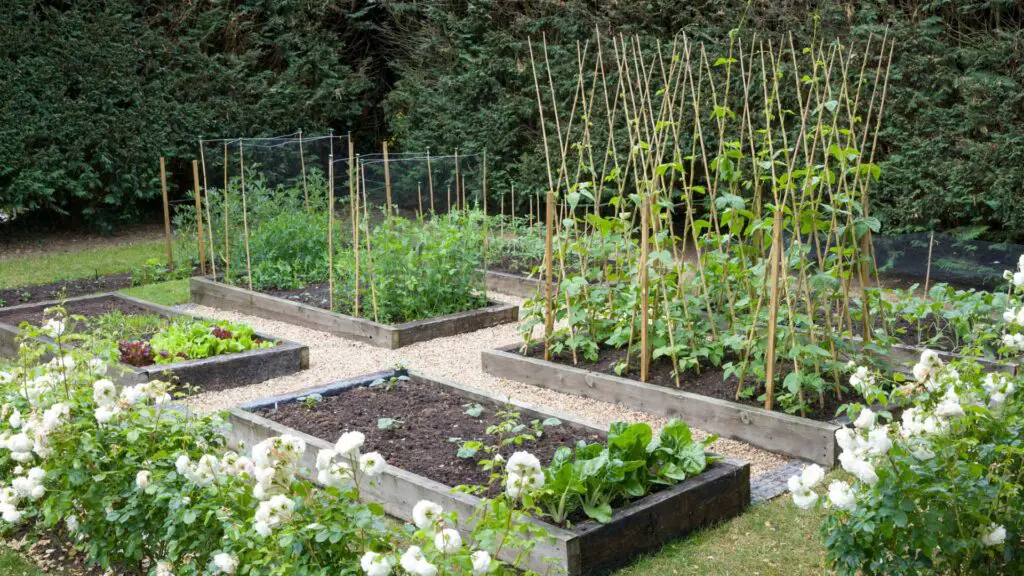
Maintaining and Monitoring Your Garden’s Health
Regularly Inspecting and Pruning Plants
To ensure the overall health and productivity of your vegetable garden, it is important to regularly inspect and prune your plants. Check for any signs of pests, diseases, or nutrient deficiencies and take appropriate action promptly. Remove any damaged or diseased leaves or fruits to prevent the spread of diseases. Prune back excessive growth to improve air circulation and sunlight penetration. Regularly harvest mature vegetables to encourage continued production. Regular inspections and pruning help maintain a healthy garden environment and prevent the development of more severe issues.
Mulching and Weeding to Control Weeds
Mulching and weeding are essential maintenance practices to control the growth of weeds in your vegetable garden. Weeds compete with your plants for nutrients, water, and sunlight, and can quickly take over if not addressed. Apply a layer of organic mulch, such as straw or wood chips, around your plants to suppress weed growth, conserve moisture, and regulate soil temperature. Regularly inspect your garden for any emerging weeds and remove them promptly, ensuring you remove their roots as well. Hand pulling or using a garden hoe are effective methods for weed control.
Monitoring for Signs of Nutrient Deficiencies or Plant Stress
Regular monitoring of your vegetable plants is crucial to identify any signs of nutrient deficiencies or plant stress. Yellowing leaves, stunted growth, or poor fruit development can indicate nutrient deficiencies, such as lack of nitrogen, phosphorus, or iron. Adjust your fertilization practices or apply appropriate organic amendments to remedy these deficiencies. Environmental factors such as extreme temperatures, excessive moisture, or pest infestations can cause plant stress. Identify and address the underlying causes of plant stress to ensure the overall health and productivity of your vegetable garden.
Conclusion
Preparing your vegetable garden for the spring season involves careful consideration of factors such as location, soil preparation, planting techniques, support structures, pest control, watering, and maintenance. By following the outlined steps and recommendations, you can create an ideal growing environment for your vegetable plants and ensure a bountiful harvest. Remember to regularly monitor and care for your garden throughout the season, adjusting your practices as needed. With proper planning, preparation, and care, your vegetable garden will flourish and provide you with fresh and nutritious produce for the months to come. Happy gardening!


